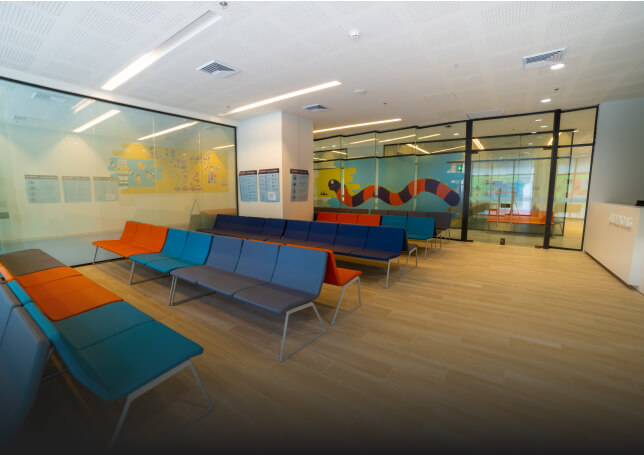Design of healthcare spaces for user interaction and well-being
Healthcare spaces, whether hospitals, clinics, or medical centers, have ceased to be merely functional places to become environments that promote the integral well-being of users. The design of these spaces plays a crucial role in promoting healthy interactions and generating a positive experience.
The value of user-centered design
User-centered design aims to understand and address the specific needs of patients and healthcare professionals. By considering elements such as natural light, acoustics, privacy, and mobility, it is possible to create environments that are not only aesthetically pleasing but also therapeutic.
Facilitate interaction
Spaces designed to promote interaction can have a positive impact on patient recovery. For example, common living rooms and lounge areas allow patients and their families to share experiences and provide mutual support. This socialization can be essential for improving mood and accelerating recovery.
Nature integration
Numerous studies have shown that connecting with nature can have therapeutic effects. Through therapeutic gardens, interior courtyards, and large windows that allow natural light to enter, the emotional well-being of patients can be improved.
Technology and well-being
The incorporation of advanced technologies into healthcare space design can enhance the user experience. From adaptive lighting systems to virtual reality solutions for pain distraction, technology can be a powerful ally for well-being.
Flexibility and adaptability
Modern healthcare spaces are designed to be flexible and adaptable to the changing needs of users. This adaptability refers not only to the physical infrastructure but also to the ability to offer different modes of care and therapy according to individual needs.
In conclusion, the design of healthcare spaces has evolved, recognizing the importance of creating environments that promote interaction and well-being. By considering the user as the center of design, more human and therapeutic experiences can be offered, going beyond mere medical treatment and seeking the integral well-being of the individual.


